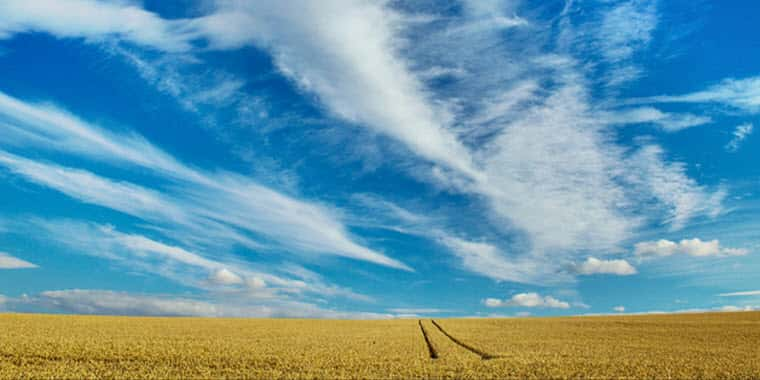2022 lease rates did not decline in Montana. Mostly, they were up slightly, following a pattern that has been seen for many years: average lease rates inch up, but once inflation is taken into account, they are just about the same as last year.

Per-acre cash lease rates:
USDA’s National Agricultural Statistics Service posts these rates–for both the counties and states–in the Fall of each year. This year the all-cropland average rose to $37.50 per acre, up from $36 the year before. Non-irrigated cropland increased from $29 to $31 per acre. Pasture land increased from $7.20 to $7.80. But after accounting for inflation, these changes are all very small.
The exception is the average irrigated rate, which shot up from $88 in 2021 to $104 in 2022. That’s the highest nominal lease rate we’ve seen here in Montana, although in today’s dollars, the average irrigated rate in 2010 and 2013 would have been a bit higher. With the drought of the last couple years, irrigation and the relative security it brings has become all the more precious.
You can look up and plot Montana county average cash lease rates over time here.
Grazing rates:
USDA posted the results of their grazing land lease rate survey a couple of weeks ago. Those rates show similar (relatively flat) trends. Just the AUM rate is shown in the graph here, but you can find the others on NASS QuickStats or the MSU Extension Ag Lease page. AUM and per head average rates each increased $0.50, to $27 and $26.50, respectively. The average cow-calf pair rate remained flat at $28. After accounting for inflation, these all represent small declines from the previous year.
You can compare to last year’s report here, and you can find these lease rates and plenty of other lease-related information here.
###
Montana State Ag Econ Dept. – Dr. Kate Fuller
Kate Binzen Fuller is an associate professor and extension specialist in the Department of Agricultural Economics and Economics at Montana State University. She holds an M.S. and Ph.D. from the University of California, Davis. Her extension and research program focuses on the economics of farm management decisions, including USDA programs and policies, pest and disease responses, organic agriculture, and issues surrounding leasing and land values.


